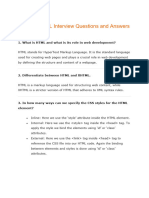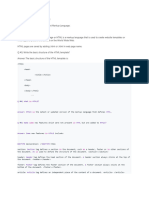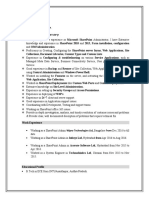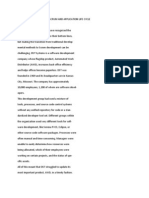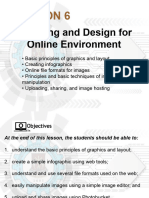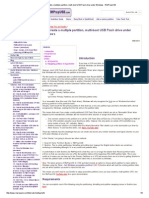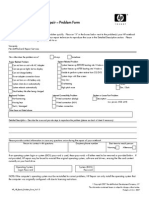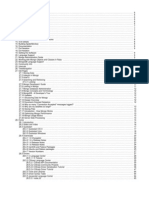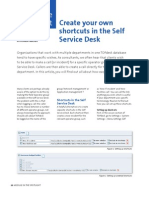0% found this document useful (0 votes)
64 views3 pagesHTML Basics for Beginners
The document provides a comprehensive overview of HTML, including its definition, latest version (HTML5), key features, and various elements and attributes. It covers topics such as form handling, hyperlinks, scripting, and new features in HTML5, along with advanced questions about global attributes and deprecated tags. Overall, it serves as a guide for understanding HTML and its functionalities.
Uploaded by
abdulrehmanmemon351Copyright
© © All Rights Reserved
We take content rights seriously. If you suspect this is your content, claim it here.
Available Formats
Download as DOCX, PDF, TXT or read online on Scribd
0% found this document useful (0 votes)
64 views3 pagesHTML Basics for Beginners
The document provides a comprehensive overview of HTML, including its definition, latest version (HTML5), key features, and various elements and attributes. It covers topics such as form handling, hyperlinks, scripting, and new features in HTML5, along with advanced questions about global attributes and deprecated tags. Overall, it serves as a guide for understanding HTML and its functionalities.
Uploaded by
abdulrehmanmemon351Copyright
© © All Rights Reserved
We take content rights seriously. If you suspect this is your content, claim it here.
Available Formats
Download as DOCX, PDF, TXT or read online on Scribd
/ 3



















